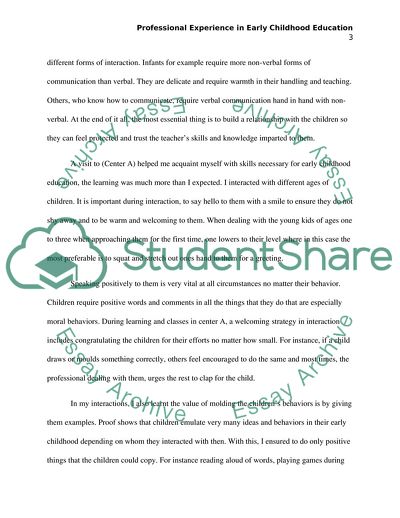Cite this document
(Professional Experience in Early Childhood Education: Building Essay, n.d.)
Professional Experience in Early Childhood Education: Building Essay. https://studentshare.org/education/1770847-professional-experience-in-early-childhood-education
Professional Experience in Early Childhood Education: Building Essay. https://studentshare.org/education/1770847-professional-experience-in-early-childhood-education
(Professional Experience in Early Childhood Education: Building Essay)
Professional Experience in Early Childhood Education: Building Essay. https://studentshare.org/education/1770847-professional-experience-in-early-childhood-education.
Professional Experience in Early Childhood Education: Building Essay. https://studentshare.org/education/1770847-professional-experience-in-early-childhood-education.
“Professional Experience in Early Childhood Education: Building Essay”. https://studentshare.org/education/1770847-professional-experience-in-early-childhood-education.


